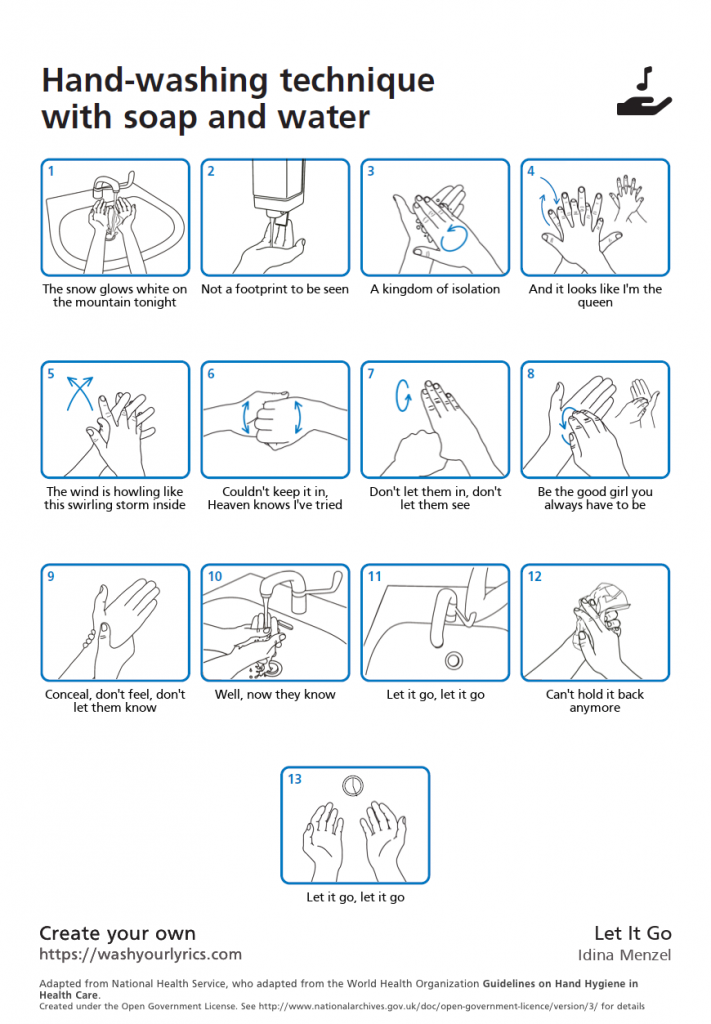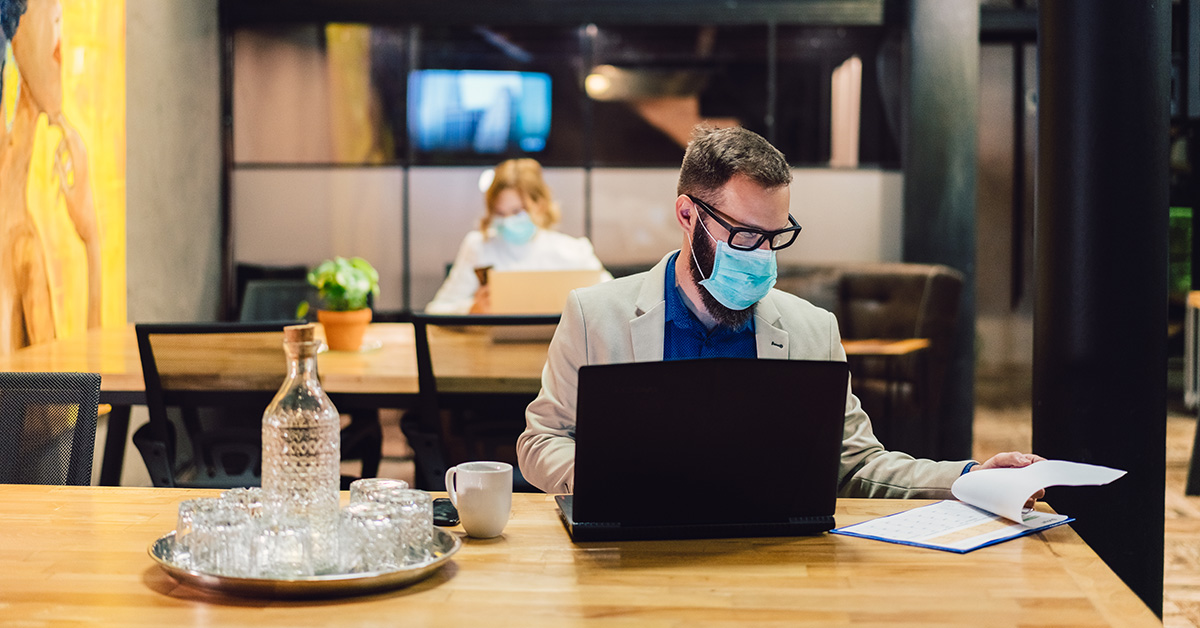Shelter-in-place, social distancing, contact tracing – these are all words that we weren’t familiar with, much less used in every day conversation, six months ago. COVID-19 has changed the way we behave in our personal and work lives and there’s no protocol for how to continue while the virus is still wreaking havoc. However, businesses have started to reopen and it’s up to business owners and managers to establish guidelines on how to keep their employees safe.
Here are 10 tips for returning to the office safely.
1. Encourage remote working when possible.
If the job allows, let your employees continue to work remotely even if the office is opened. The fewer people in the office, the easier it is to maintain distance from one another.
2. Consider a staggered schedule.
For your employees who do come into the office, consider a staggered schedule. Some employees work on-site Monday, Wednesday, and Fridays, while others are Tuesdays and Thursdays.
3. Practice and enforce social distancing.
By design, an office environment is anything but socially distant. Take steps to mitigate the amount of exposure that employees get to one another. If you have an office with a door, close it. If you are in a cubicle, build some sort of distancing barrier to separate you from your neighbors. Do not allow visitors in the office.
4. Change break room policies.
If you have a break room or other area where employees congregate, close it temporarily, or only allow a certain number of people in at one time. Encourage employees to bring their own lunches and eat at their desks. If people need to go into a shared space, use social distancing signage that shows exactly how far they need to be from one another.
5. Stay safe in the elevator.
If your office building has elevators, only allow 2-3 people in at a time. Ensure that they are wearing masks and minimize conversation. Alternatively, use the stairs if you can.
6. Establish conference room protocol.
Only use conference rooms if you absolutely need to. Use virtual conferencing when at all possible. If you are in a conference room, be sure that you are not sitting directly next to or across from anyone.
7. Sanitize, sanitize, sanitize.
Be sure to have lots of hand sanitizer and sanitizing wipes available. Employees should wipe down their workstation when they get to work, and once again before they leave – especially if there are areas where multiple people use the same equipment. Hand Sanitizer should be at least 62% alcohol to be effective at killing the virus.
8. Wash your hands
This one goes without saying, but wash your hands. Put up signs in all restrooms and by any sinks that educate employees on proper handwashing techniques.

Everyone’s heard that you’re supposed to sing the Happy Birthday song twice, but the website Wash Your Lyrics allows you to make posters of any song you’d like.
9. Decide on a mask policy and provide supplies.
Whether you have disposable masks by the front entrance, or you get reusable masks with your logo, having masks available will allow employees to protect themselves to their level of comfort.
10. Communicate with your employees.
The COVID-19 situation is a scary one. By properly commuincating the steps that are being taken to ensure that the officeplace is as safe as possible, you will be sending your employees the message that you care as well as giving them the confidence they need to do their jobs succesfully.

